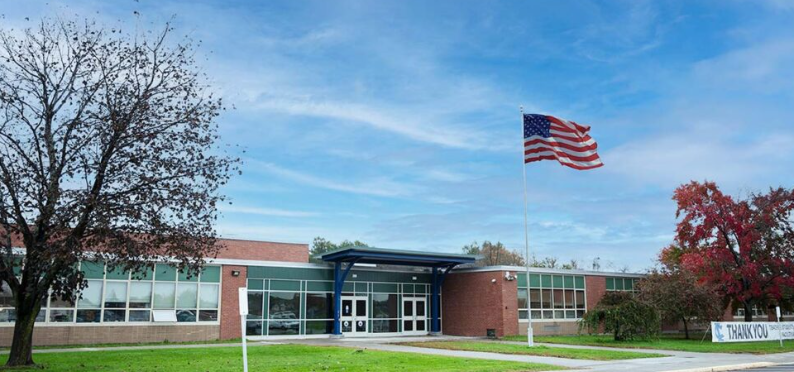The US elementary school curriculum has undergone significant changes over the years. From traditional education that focused on rote learning and memorization to modern education that emphasizes critical thinking and problem-solving skills the curriculum has evolved to meet the changing needs of students and society. In this article we will explore the history of US elementary school curriculum its current state and future trends.

Part 1: Traditional Education in US Elementary School Curriculum
The traditional education system in the US elementary school curriculum was based on the belief that students should be taught to memorize facts and figures. The curriculum was designed to prepare students for the industrial age where they were expected to work in factories and perform repetitive tasks. The focus was on basic skills such as reading writing and arithmetic and there was little emphasis on creativity or critical thinking.
Part 2: The Emergence of Modern Education in US Elementary School Curriculum
The emergence of modern education in the US elementary school curriculum was a response to the changing needs of society. With the advent of the digital age students needed to be equipped with skills such as critical thinking problem-solving and creativity. The curriculum was redesigned to include subjects such as science technology engineering and mathematics (STEM) as well as art music and physical education.
Part 3: The Current State of US Elementary School Curriculum
The current state of US elementary school curriculum is a blend of traditional and modern education. While basic skills such as reading writing and arithmetic are still taught there is a greater emphasis on critical thinking and problem-solving skills. The curriculum includes subjects such as STEM social studies language arts and physical education. There is also a growing focus on personalized learning where students are given the opportunity to learn at their own pace and in their own way.
Part 4: Future Trends in US Elementary School Curriculum
The future of US elementary school curriculum is likely to be shaped by technological advancements and changing societal needs. There is likely to be a greater emphasis on STEM subjects as well as on digital literacy and coding. There may also be a greater focus on social-emotional learning where students are taught skills such as empathy self-awareness and relationship-building. Personalized learning is also likely to become more prevalent with the use of technology to tailor learning experiences to individual students.
Conclusion:
The US elementary school curriculum has come a long way from its traditional roots. While basic skills such as reading writing and arithmetic are still important there is now a greater emphasis on critical thinking problem-solving and creativity. The curriculum has evolved to meet the changing needs of students and society and is likely to continue to do so in the future. As educators it is important to stay abreast of these changes and to adapt our teaching methods to ensure that our students are prepared for the challenges of the 21st century.

